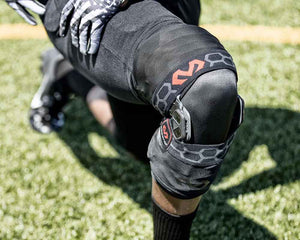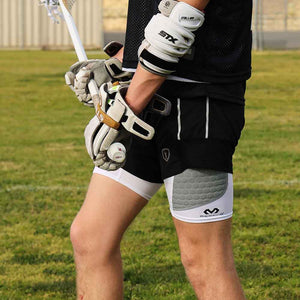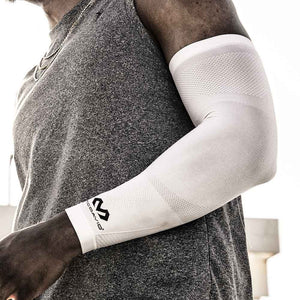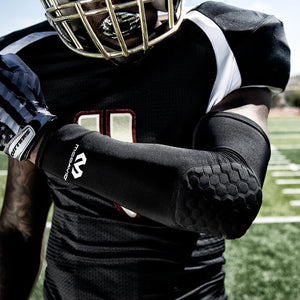If you are a successful athlete, or are striving to become one, you are fully aware of the value of preparation. If you want to gain an edge over your competition, it is often what you do before and after the game that makes the biggest difference. Preparing effectively makes the actual game that much more enjoyable, as you have already done the heavy lifting that will lead you to victory. One great way to prepare, both before and after you perform, is through hot and cold therapy.
Hot and cold therapy is incredibly popular throughout all levels of sports. As a result, many athletes blindly resort to these methods without actually knowing what they are doing to their bodies. The sporting world tells us that applying high temperatures and low temperatures are beneficial. So we do it, trusting that it will keep us at 100% throughout the season and offseason. But do we really know why everyone is turning to these methods? Here are a few key facts to know about hot and cold therapy.
What Heat Does
With heat therapy, the key is
blood flow. Blood flow keeps the muscles functioning properly, providing them with more oxygen and nutrients that they need. It also helps the body eliminate the waste that builds up in areas that are relied upon during physical activity. When you apply heat to a certain area of the body, it naturally increases how much blood your heart pumps to that region, making it a very popular form of injury prevention and rehab.Heat therapy is excellent for reducing pain and alleviating the tension in muscle groups. Specifically, if you have a long-standing or nagging injury, make sure to apply heat (such as a heating pad) for 10-15 minutes to the affected area. You can do this before and after a workout or game, as this will keep you fresh and help you recover in time for the next physical activity.
What Cold Does
Heat therapy speeds up blood flow, while cold therapy
slows it down. This may seem like a negative thing, since increased blood flow is so good for you. However, slowing it down reduces the threat of injuries like cramps, spasms and inflammation. It restricts your blood vessels, which helps eliminate swelling and numb the pain threatening to make you less than 100% come game time. Some people use ice packs, some use ice tubs and some even use
cryogenic freezing chambers. One thing they all do is acknowledge the power of the cold.
 Cold therapy
Cold therapy and heat therapy can co-exist in your preparation and recovery process. Generally, it is best to apply the cold first, followed by the heat. This will make you finish the routine in as little pain as possible, for cold therapy is best at eliminating this feeling. Apply each to the specific area for 10-15 minutes, then get ready to roll!
Cold/Heat Therapy No-Nos
While cold and heat therapy can be excellent remedies for typical athletic ailments, they must be done properly. There are ways that improper use of these methods can cause unwanted side effects that can put you out of commission for even longer.For both forms of therapy, it is imperative that you do not apply the heat or cold directly to your skin. If you do, you are running the risk of seriously burning yourself or even getting frostbite. Always keep a sheet or rag between your skin and the heat/cold in order to save your skin. Additionally, do not apply for any longer than 20 minutes. This can cause long-lasting nerve damage, an injury that extends far beyond the field of play. These types of treatments are incredibly effective; just be mindful of these rules of thumb.






